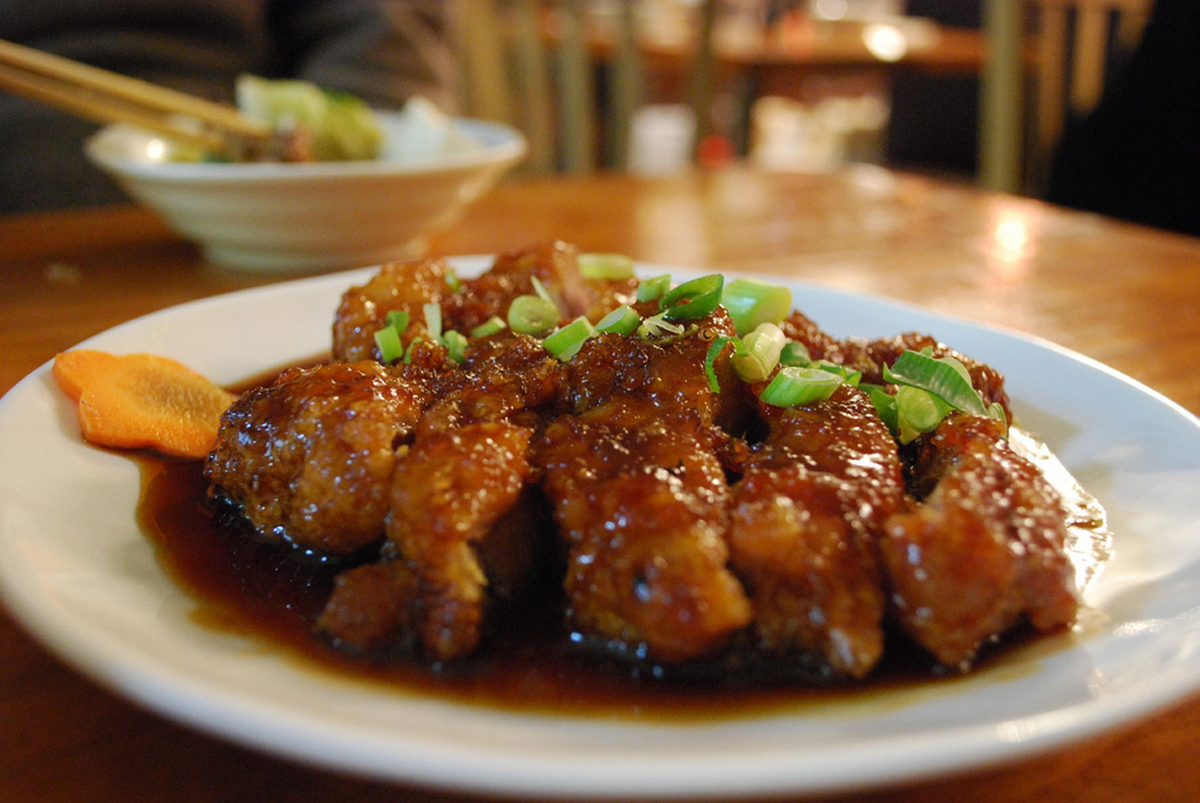Table of Contents
Potential Drawbacks
As with any type of treatment, whether it is medical or alternative, there are often potential drawbacks, and this is the same for including more soy products in your diet. There are 8 foods that are more likely to cause an allergic reaction, and soy is one of these. If you tend to suffer from food allergies, it will pay to be cautious at first when you start eating soy. Quite often when a person has 1 food allergy, they will generally have more.
Depending on the type of diet you follow, especially if you are vegan, it is important to know that soy does not contain vitamin D, B12 or calcium. You may need to supplement these if you don’t gain them from the rest of your diet.

Soy milk can be used the same way as regular milk, and many people don’t notice much of a difference regarding the taste. However, soy milk can be more expensive that regular milk, so if you are on a tight budget you may be better to find an alternative soy product to get your regular intake.
One of the biggest concerns regarding soy is to do with the isoflavones. Whilst they are shown to be beneficial for your bone health, they can bind themselves to the enzymes that create the thyroid hormones T4 and T3. This is generally seen only in those that have an iodine deficiency, so if the levels of iodine are stable and of a healthy level, the soy is not likely to have a negative effect.
Another drawback is the inclusion of salt, or sodium, in many soy products. Especially with regards to soy sauce or miso, as these are particularly high in salt. Excess salt is a major risk factor for many health problems, including high blood pressure and heart disease. It is essential to always look the food labels to determine the sodium levels and choose those with a lower level.
How Much Soy Should You Take?
The best way to increase your soy intake is through diet, rather than supplements. Many soy foods will not only provide you with the isoflavones and proteins, but also a number of other minerals and vitamins needed for your health. To get the most benefit out of soy foods, it is best to stick to whole soy foods, such as tofu, soybeans and soy milk. These are generally low in sodium as well, as opposed to other forms of soy. Eating soy doesn’t have the negative effects that supplemental estrogen can do, which is why it is better than taking hormone replacement medications. It is recommended that you should include soy products in your diet either once or twice each day. This is enough to help protect your bones and reduce the risk of developing osteoporosis.
READ Do Soybean Products Pose A Threat To Your Health?
When to Start Eating More Soy Foods
Everyone can include soy into their diet, provided they don’t have allergies to it. There are no rules as such, but if you are a woman who is approaching the age of menopause, or are exhibiting symptoms of perimenopause, it is a good idea to boost your soy intake before menopause occurs. The sooner you start to protect your bones, the less chance you have of getting osteoporosis.
- Photo courtesy of Braiu: www.flickr.com/photos/braiu_74/23260390571/
- Photo courtesy of avlxyz: www.flickr.com/photos/avlxyz/3531509941/
- Photo courtesy of Braiu: www.flickr.com/photos/braiu_74/23260390571/
- https://umm.edu/health/medical/altmed/supplement/soy http://www.techtimes.com/articles/103011/20151104/soy-protein-diet-may-help-menopausal-women-combat-osteoporosis.htm


Your thoughts on this